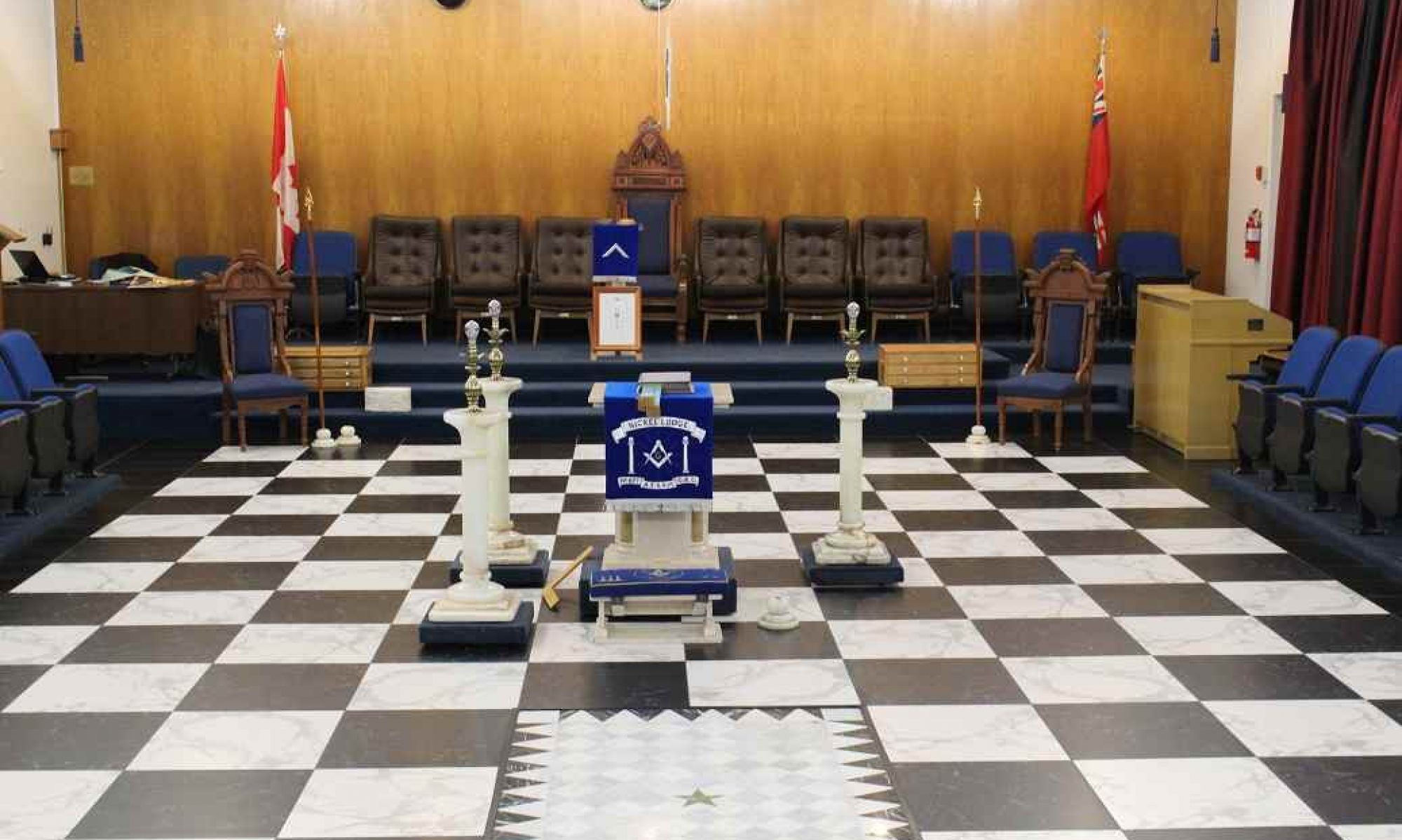THE MESSAGE OF FREEMASONRY – (1)
In the First Degree when you start your Masonic Journey through life Freemasonry is described as “A Beautiful System of Morality, Veiled in Allegory and Illustrated by Symbols”. It is an organization that draws many of its principles from ancient history right up to fairly modern times based on the craft or science of stone masonry.
Stone masons of old were the engineers and scientists of their culture. They had advanced knowledge of building materials, soil and ground mechanics, the mechanical properties of structures, the sources of the best materials, the methods of construction, the mathematics of calculating the various aspects of structures along with the costing of supplies, transportation and labour required. This required considerable learning along with some exams and levels of competence along the way before becoming a “skilled craftsman” permitted to practice and to travel and possess the “secrets of the trade”. The products of these skills can be observed to this day and the practice of being an “operative mason” is a skill employed in modern times – many of the “working tools” and terminology still exists in modern times.
In a more modern context; to become a professional engineer, one must go through a very rigorous period of training to learn the many “secrets” of the discipline, calculus. Mathematics, materials science, and many more “sciences’ along with on the job practice before becoming a “licenced engineer”.
In both cases a high degree of moral code and ethics is expected and there are rituals to go through prior to become fully fledged. The “secrets” of an engineer are the hard won skills and knowledge to practice their craft with competence and skill. Such knowledge (secrets) is not for the untrained who could try and use improperly gained knowledge with dire consequences and illicit profit. To identify a skilled craftsman the ancients used signs and words in order to be accepted in a “lodge” or job site where they would no doubt be responsible for building a splendid cathedral. Professional engineers possess a license stamp along with their degree from an accredited university…. That is a method of maintaining safety and credibility in the work that they do, and also their modern method of identification.
A look at the allegory: In the beginning of your ceremony, there is the question of your dress. In antiquity as can be the case now when you start out on a professional journey somewhat impoverished. It no doubt dates back to very ancient times to demonstrate that you were who you claim to be, unarmed and vulnerable should you attempt any unworthy act. There is an expectation that you have some spiritual belief and that being of the age of 21 years which was the “age of maturity” where by you had full rights as an adult in many modern societies. And you pledge that you will make yourself more “extensively serviceable” to your fellow creatures… A general desire to be generous and caring. And when asked at a future date where you were first prepared to be a mason the answer to which “In my heart” – a demonstration of your altruistic motivations to help others and community and to be a good person.
Your progress through your ceremony will include an obligation which is traditional in many organizations especially those with ancient connections. You will be informed of the secrets, an ancient custom by which skilled craftsman and professionals would be able to recognise a fellow craftsman and qualifications. The penalties for violating your pledge is strictly symbolic and there is no record of it ever being carried out – purely metaphysical.
Your charity will be tested which is only to reinforce the ideals of giving and caring. Charity being one the cornerstones of Freemasonry. This does not necessarily mean the giving of money or material things but giving of your talents, knowledge and abilities to be of assistance to someone in need.
The working tools of an entered apprentice are symbols of human endeavour. The common gavel signifies that very little gets achieved without a measure of effort, a just reward. The chisel reminds us that no matter how small we might be, lowly in education or professional skills our efforts can and do make difference – so a humble person can contribute to great things and achievements.
And of course, the 24 inch gauge is a guide to how we measure the time for our daily tasks – a sort of work/leisure plan.
The junior warden’s lecture further reinforces the ideals of charity while reminding us that no one is immune from falling onto bad times. It is also a thumb sketch of the ancient beginnings of the craft of masonry.
The white leather apron is part of the regalia and serves to remind us of the need for the purity of spirit.
And the well known symbols of Freemasonry by which the Order is recognized are the “Square and Compasses”. These instruments are of are of amazing scientific significance. They are essential tools or instruments that can be employed to measure, scale, formulate so many designs and creations that would take many pages to describe. These are valued tools used by skilled craftsman in most trades and are much valued. And they have not, to a large extent been replaced by technology – and they don’t need batteries either.
Prepared by W. Bro. Lionel Rudd

